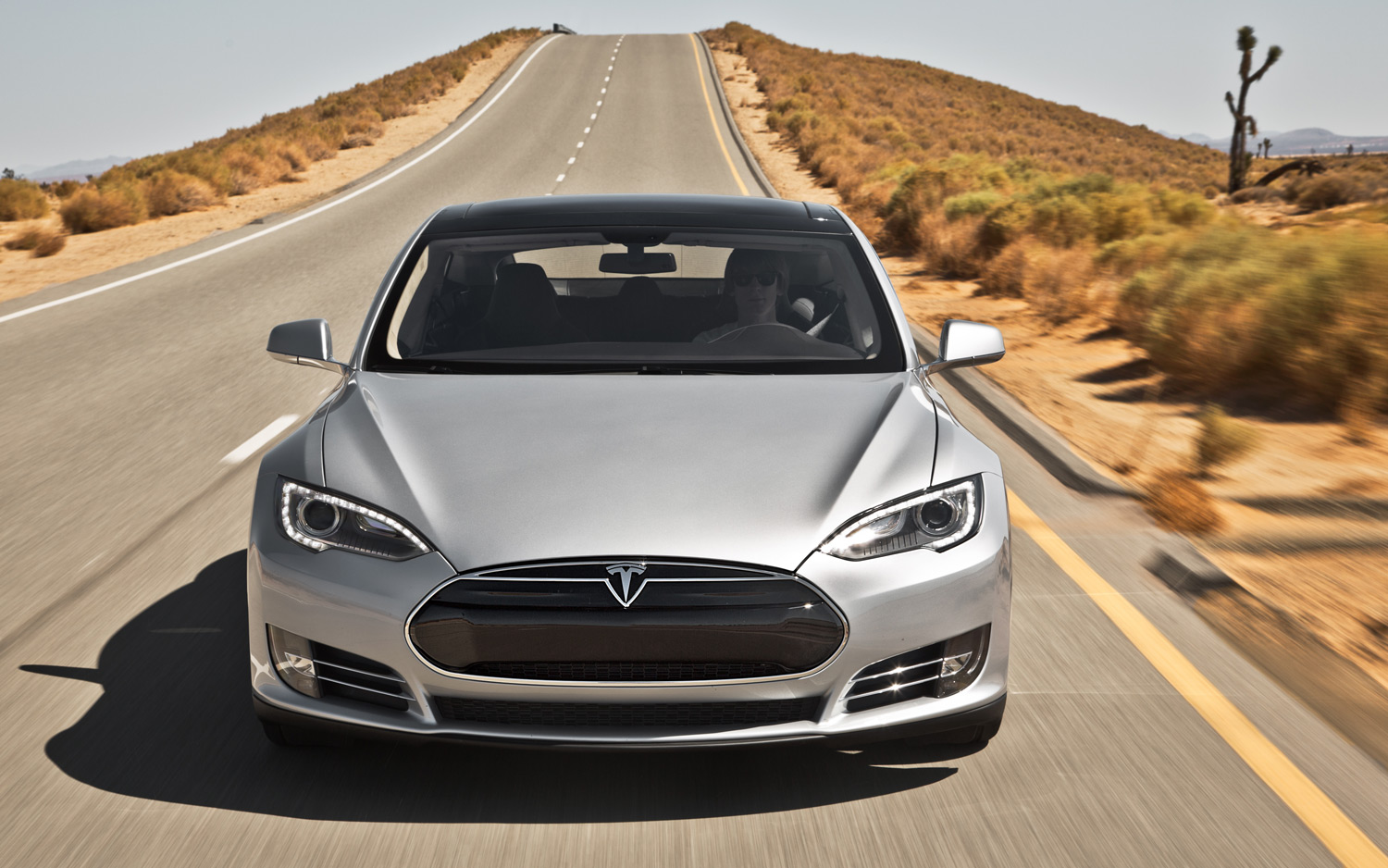Published June 4, 2013, Los Angeles Daily Journal – Few things in life can be more daunting than the launching of a new car company. The automobile is by far the most complex – and dangerous – piece of machinery ever to be placed in the hands of a consumer. Consider that the modern day automobile has some 10,000 moving parts and 100 million lines of software code running through dozens of on-board microprocessors. This symphony of parts not only needs to work, but to keep working through years of consumer use. The wrong part fails at the wrong time, and the result is catastrophic.
If the complexity of the automobile doesn’t deter would be entrants from making a run at the market, federal regulation just might. To help protect the public from all sorts of vehicle-related disaster, the federal government has created an enormous web of vehicle safety standards that govern everything from bumper height to airbag deployment. Get one wrong and you will never get out of the gate. Equally onerous are the regulations that govern fuel economy and vehicle pollutants. To be sure, automakers have felt the blunt impact of our government’s attempt at being environmentally responsible.
For those able to overcome the barriers of actually producing a compliant automobile, they are left only to realize that they are now in a marketplace that has been dominated by billion dollar giants for generations. GM was founded in 1908, and Toyota has been at it since 1937. Their years in the marketplace have not just resulted competitive wisdom, but billions in annual sales. The top four auto groups – GM, Volkswagen, Toyota and Hyundai – are responsible for a combined $700 billion in annual sales.
So when the South African immigrant Elon Musk set out to start a new car company in 2003 at the age of 31, few gave him much of a chance. If it wasn’t for the fact that he sold Paypal – a company he founded when he was 28 – the year before to eBay for $1.5 billion, and committed substantial personal funds to the new car company, it may never have had any chance at all.
Named after the 19th century electrical engineer and inventor Nikola Tesla, Tesla Motors has taken the world by storm. At a time when established car companies typically spend over a billion dollars to bring a car to market, Tesla has managed to engineer and develop two cars on an entirely new electric vehicle platform for a fraction of the cost. The challenges involved in mass producing any vehicle are manifest; doing it with an emerging technology is near impossible.
If the fact that Tesla has been able to successfully produce consumer cars on new technology sounds impressive, consider that during the entire time that Elon Musk has been ramping up Tesla, he has been splitting his time with SpaceX, a rocket company he founded in 2002 for the purpose of enabling human exploration and settlement of Mars. In 2012, SpaceX became the world’s first private company to send a cargo payload to the International Space Station.
What is perhaps most surprising is that Tesla’s main vehicle, the Model S, doesn’t just work; it excels, wildly. Consumer Reports, which has been objectively reviewing consumer products since 1936, stated that the Model S performed better, or just as well overall, as any other vehicle of any kind that the company had ever tested. Motor Trend agreed, making the Model S the 2013 Car of the Year – marking the first time in the company’s 64-year history that the award had not gone to internal combustion vehicle.
Consumer acceptance has been equally glowing. The California New Car Dealers Association recently reported that the Model S was the third best-selling luxury car in California for the first quarter of 2013, beating out Audi and Lexus. The automaker has managed to garner a 12.7 percent market share for a vehicle that began to ship less than a year ago.
It perhaps should not have been a surprise when Tesla’s stock closed at over $100 per share last week. Yet the math is still nearly unimaginable, given that the company has been in business for only 10 years, and public for less than three. To put it into context, Tesla as a company is worth more today than Fiat – a company that owns Ferrari, Alfa Romeo, Maserati and 20 percent of Chrysler. Tesla’s stock has risen from its initial offering price of $17 to a high of $110 – a 650 percent increase. And with this, the company has been able to repay the $465 million loan it received in 2010 from the Department of Energy, nine years early.
Elon Musk has been a maverick not only in his vision, but in his eagerness to challenge conventional wisdom. Perhaps nowhere is this more evident than with Tesla’s vehicle distribution system. Traditional thinking is that vehicles are sold through independently-owned franchised dealers. Yet Musk thwarted that system in favor of a labyrinth of factory-owned stores throughout the U.S.
The move has invoked a firestorm of pushback from powerful dealer groups, who contend that state franchise laws preclude, or should preclude, Tesla from bucking the franchise system. And the states are taking notice. In April, the Virginia Dept. of Motor Vehicles denied Tesla a dealership license, and the North Carolina legislature is voting on a bill that would make it illegal to for any manufacturer to sell a vehicle directly to a consumer.
The attacks on Tesla raise serious questions as to the constitutionality of the laws at issue. Certainly states have a right to protect the interests of their citizens, but such interests need to be squared with the Commerce Clause and preventing a restraint on trade. Musk is showing no signs of backing down, so the challenge that awaits could be one for the ages – and perhaps one that reshapes the fabric of our nation’s dealership system.
